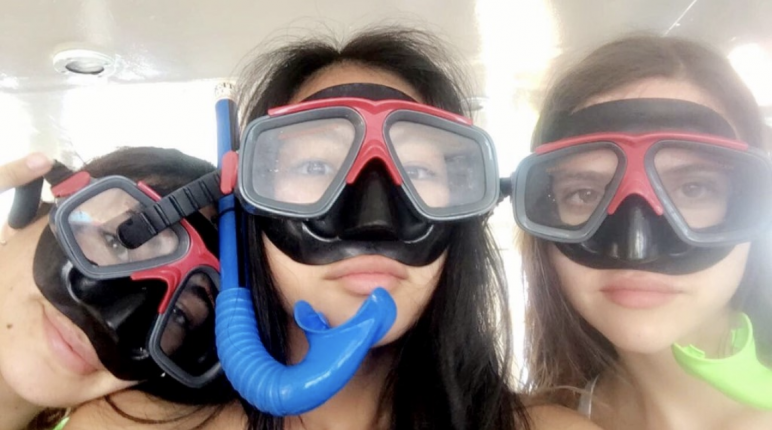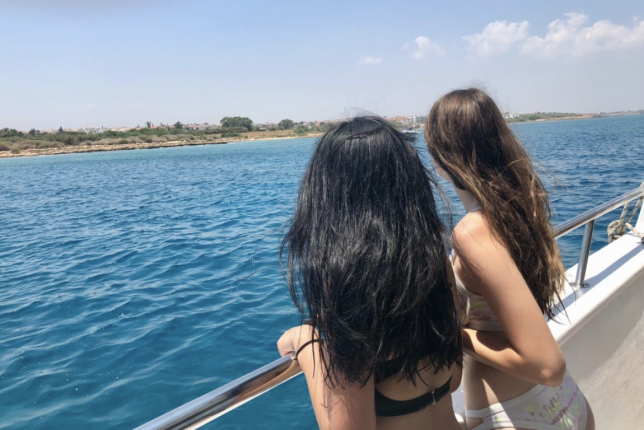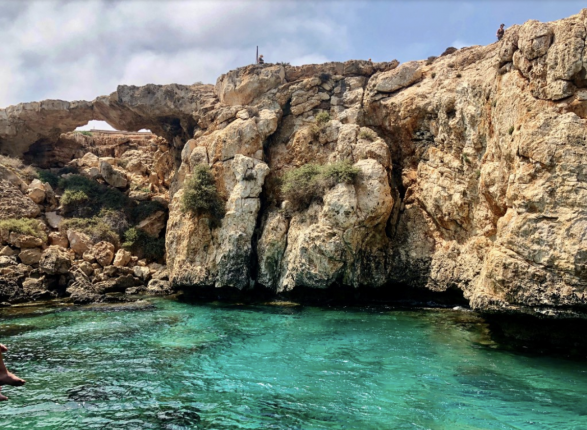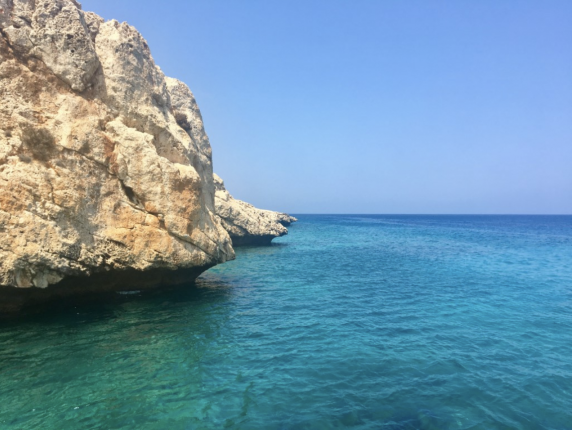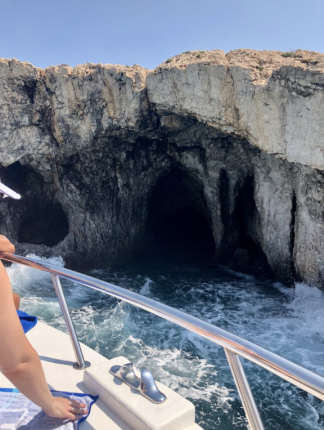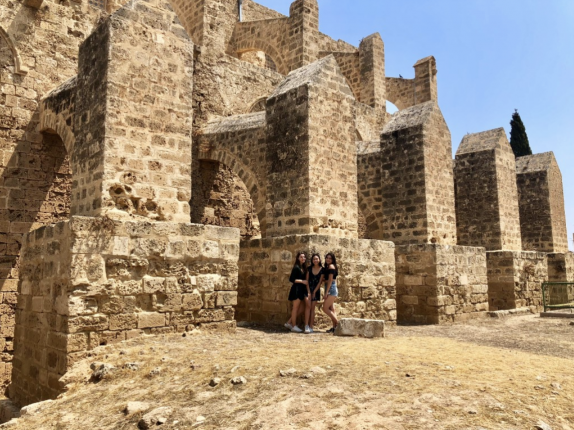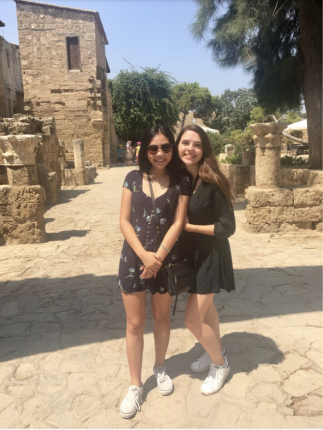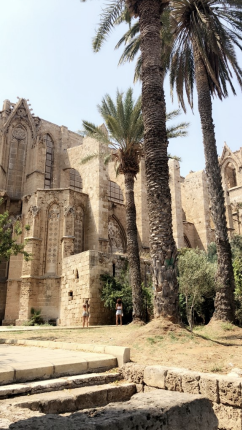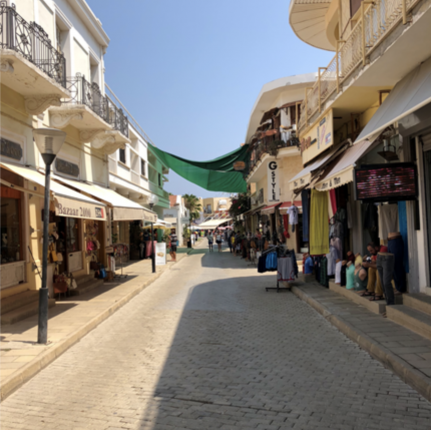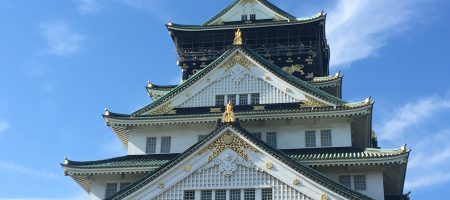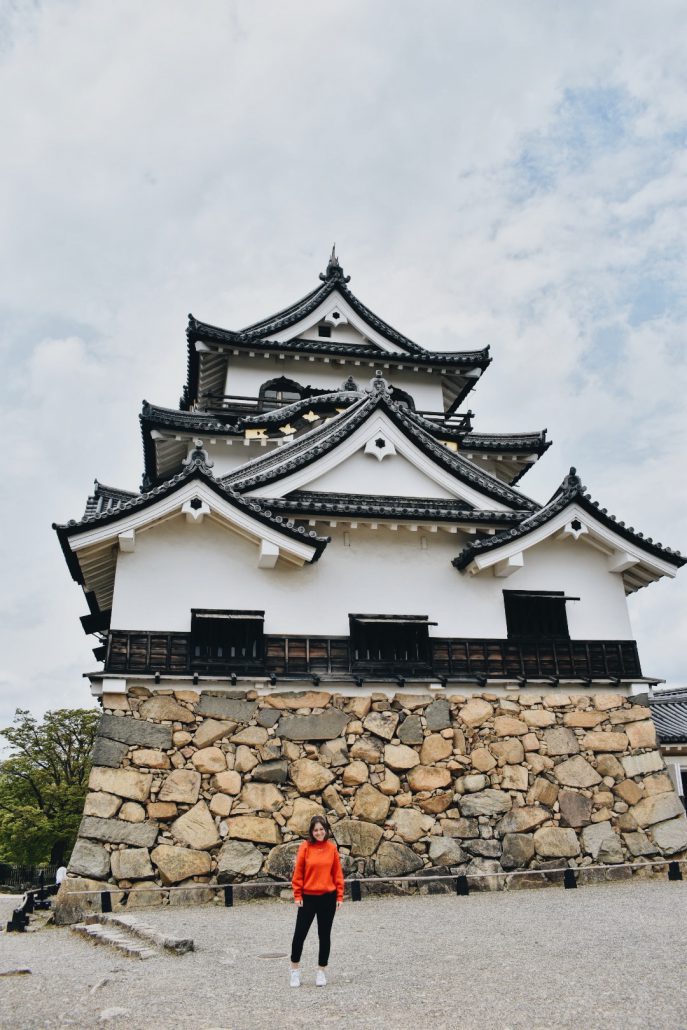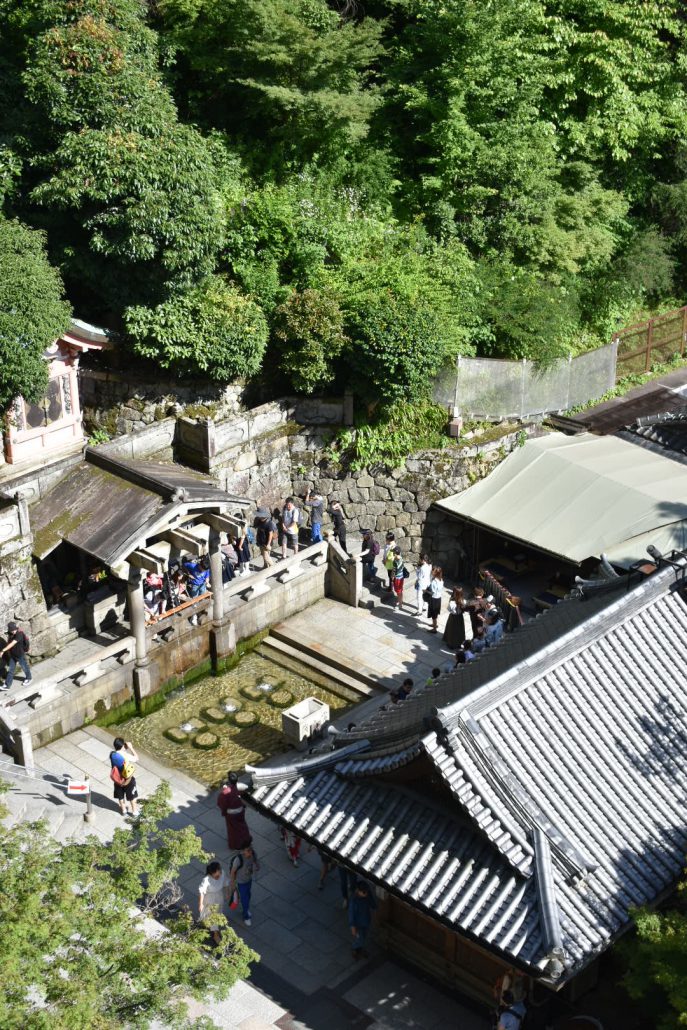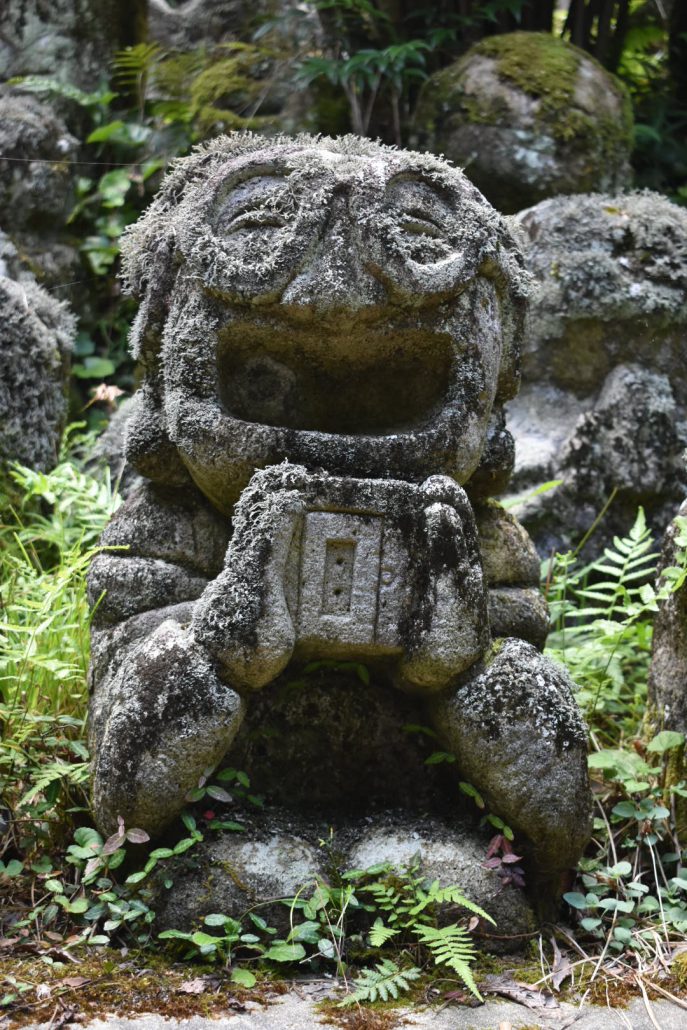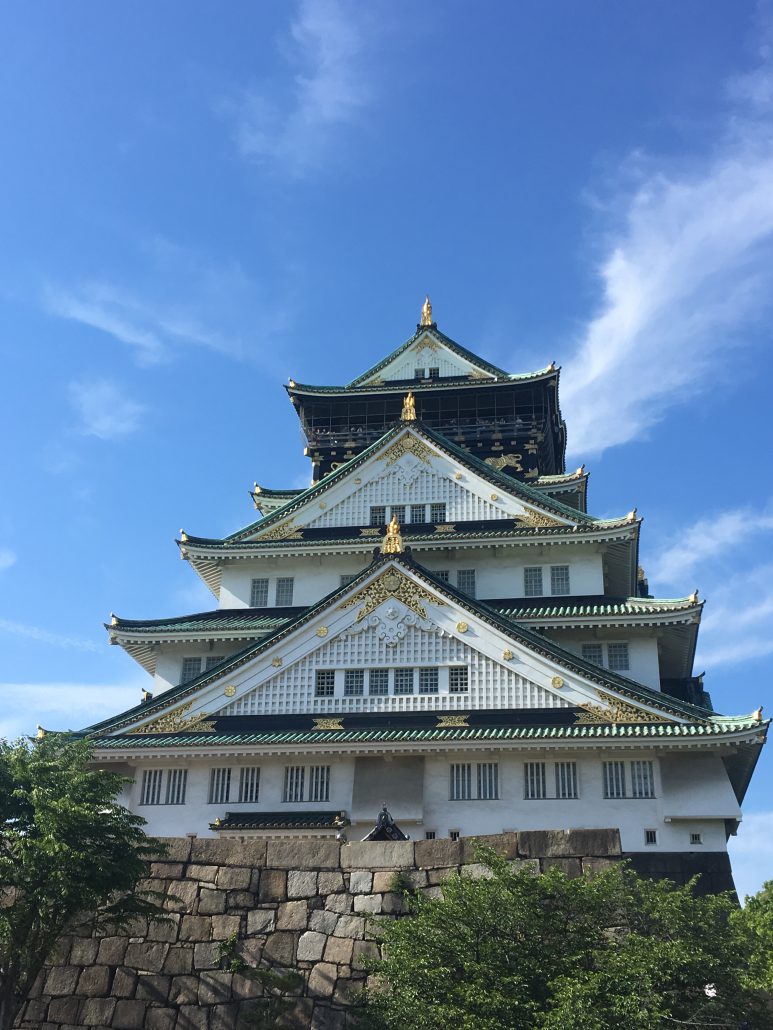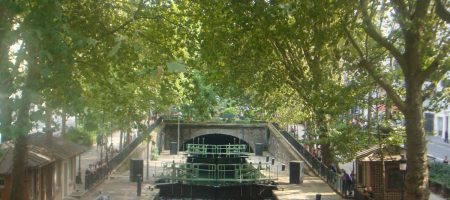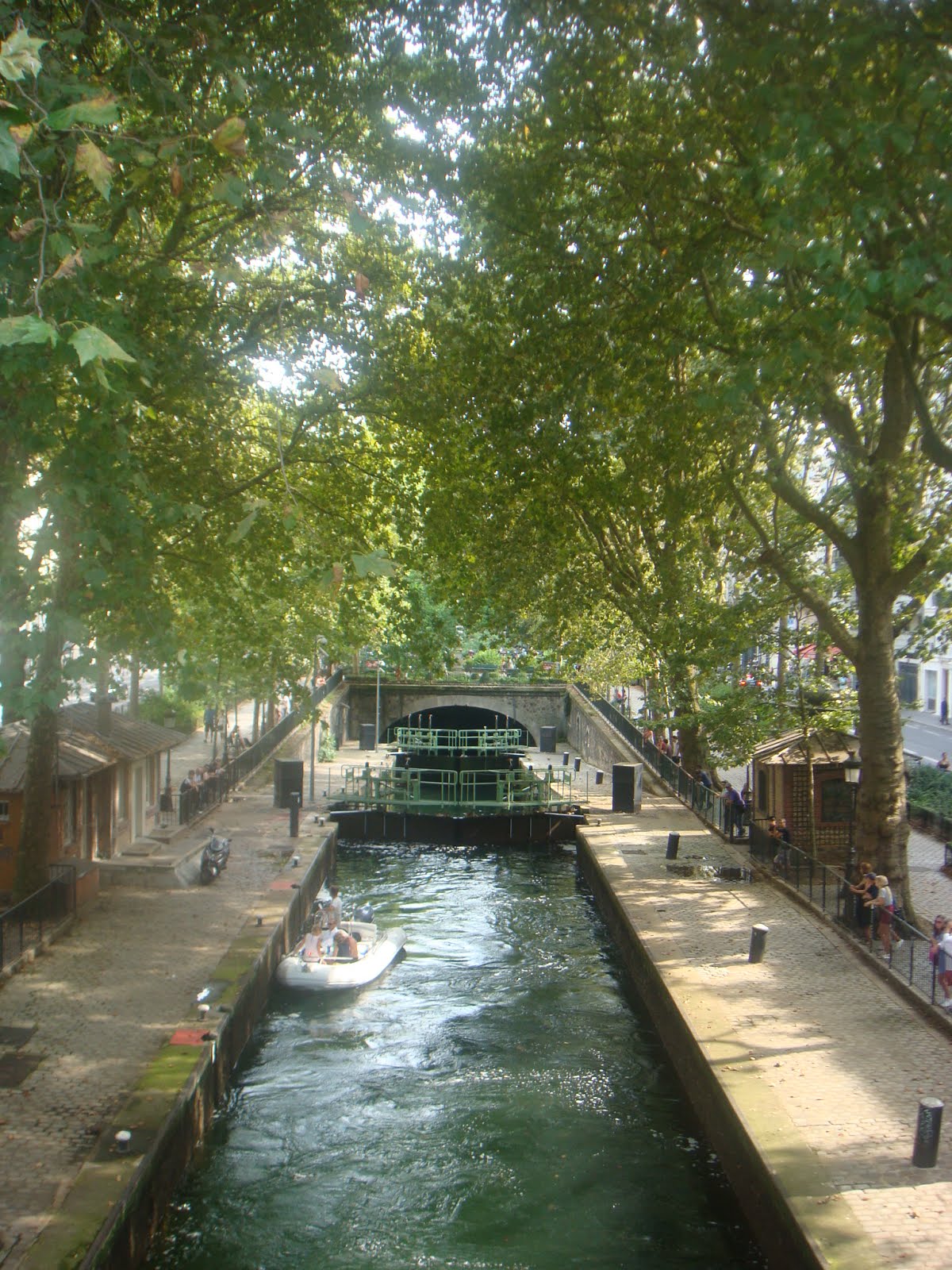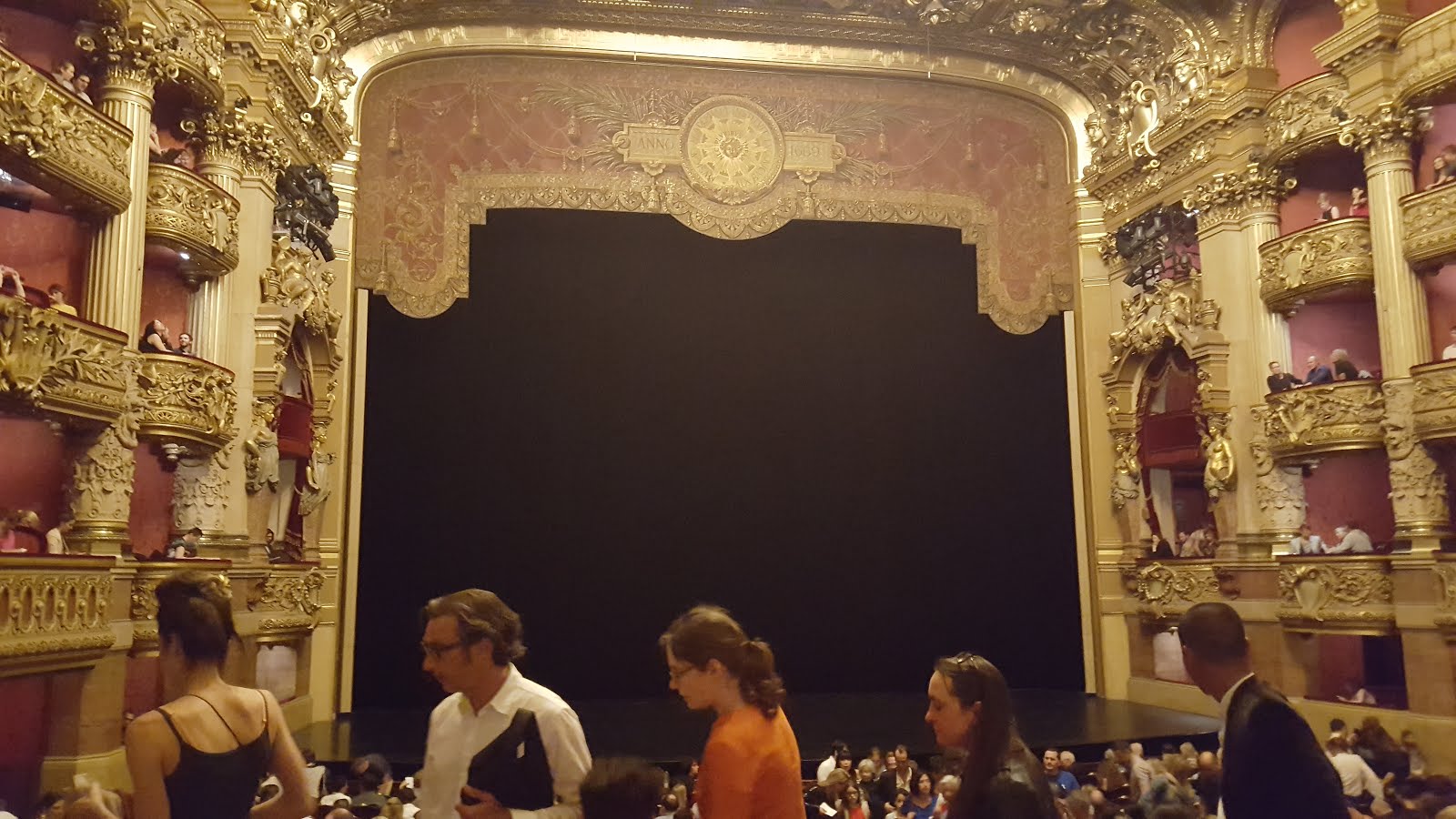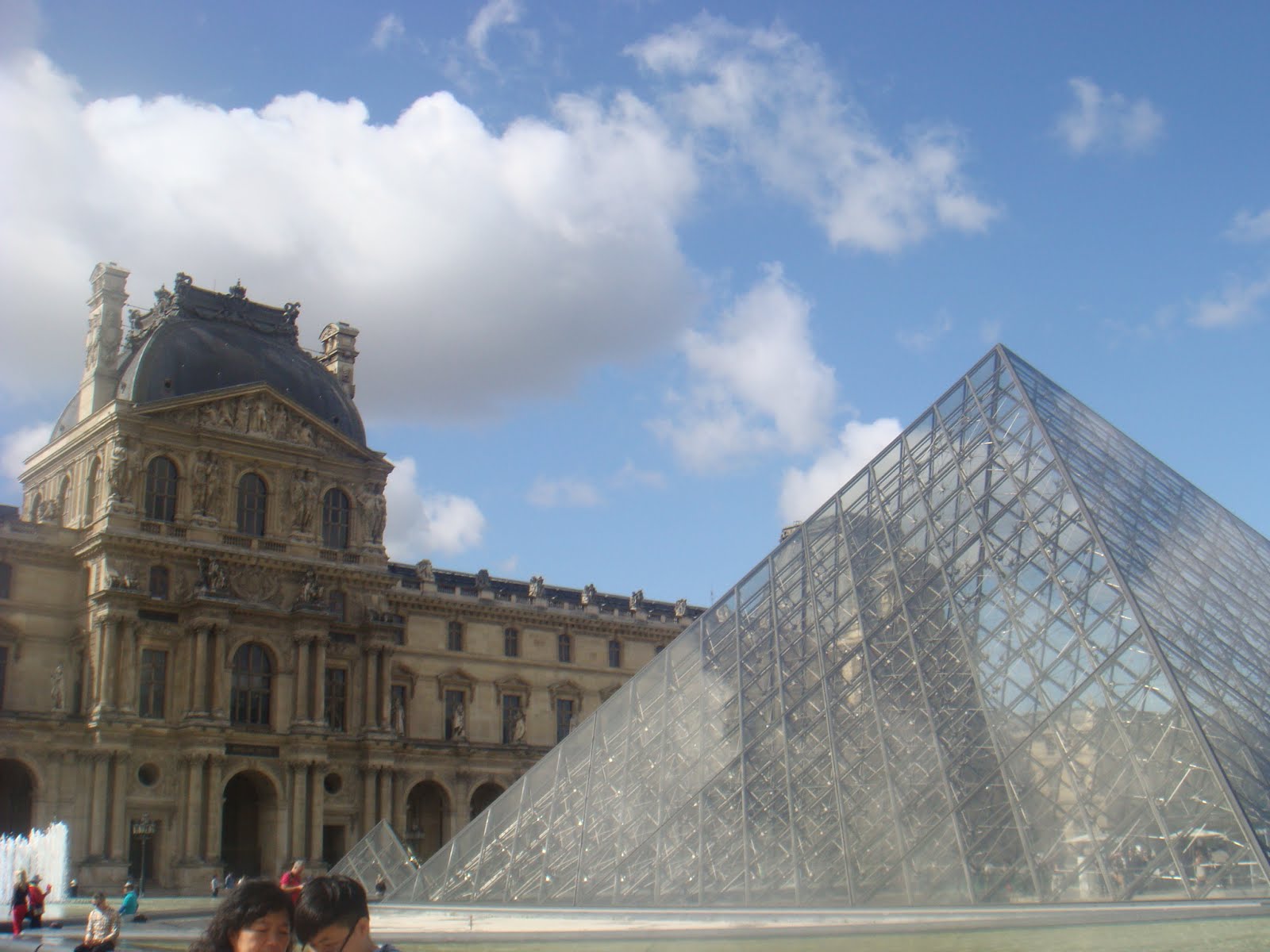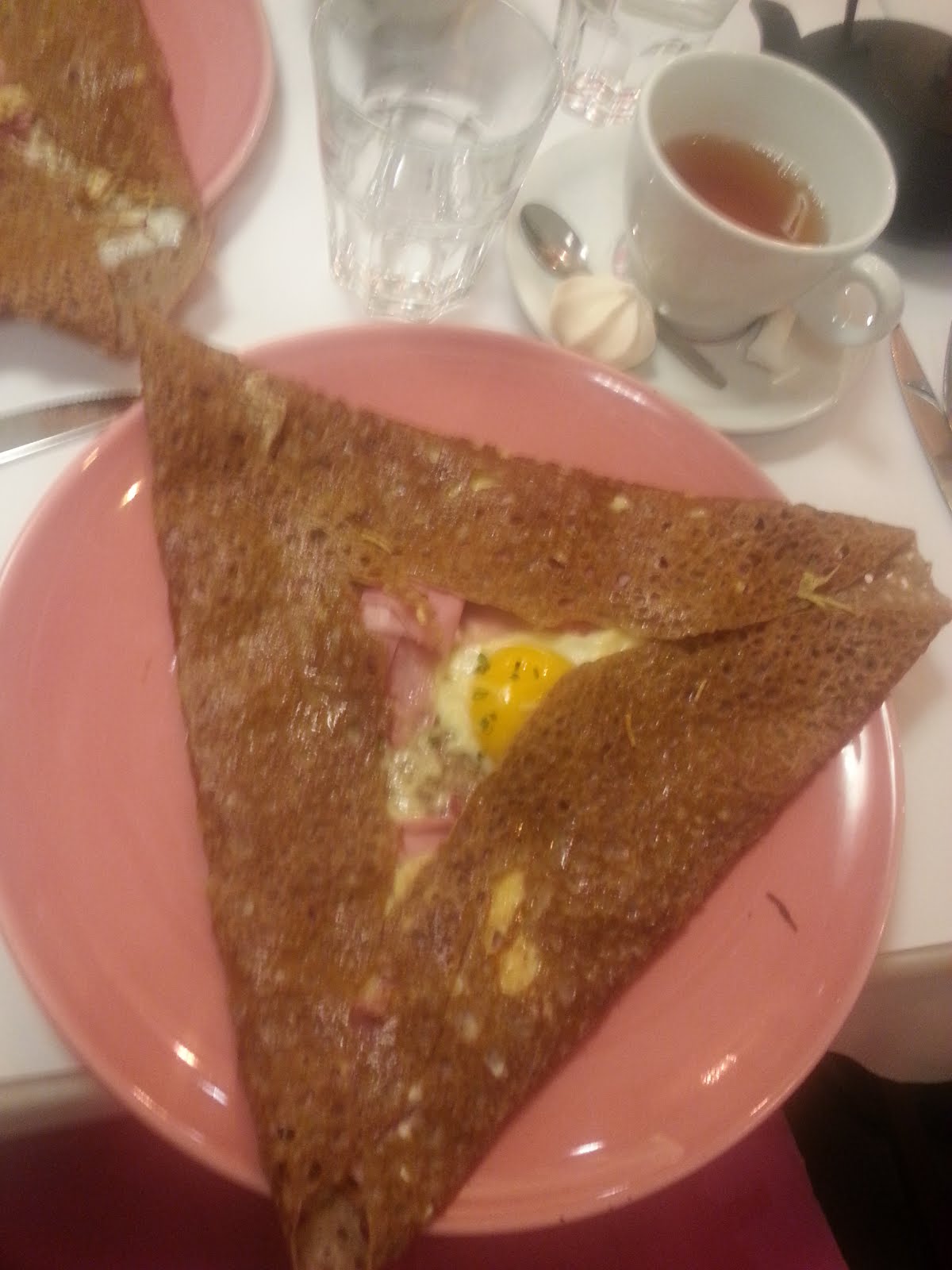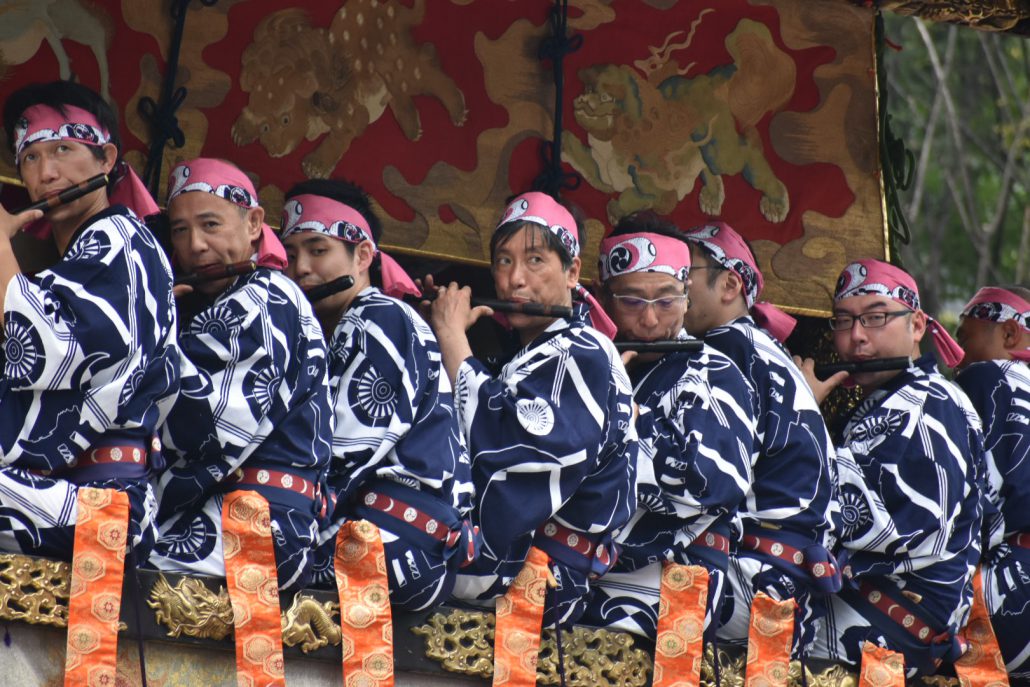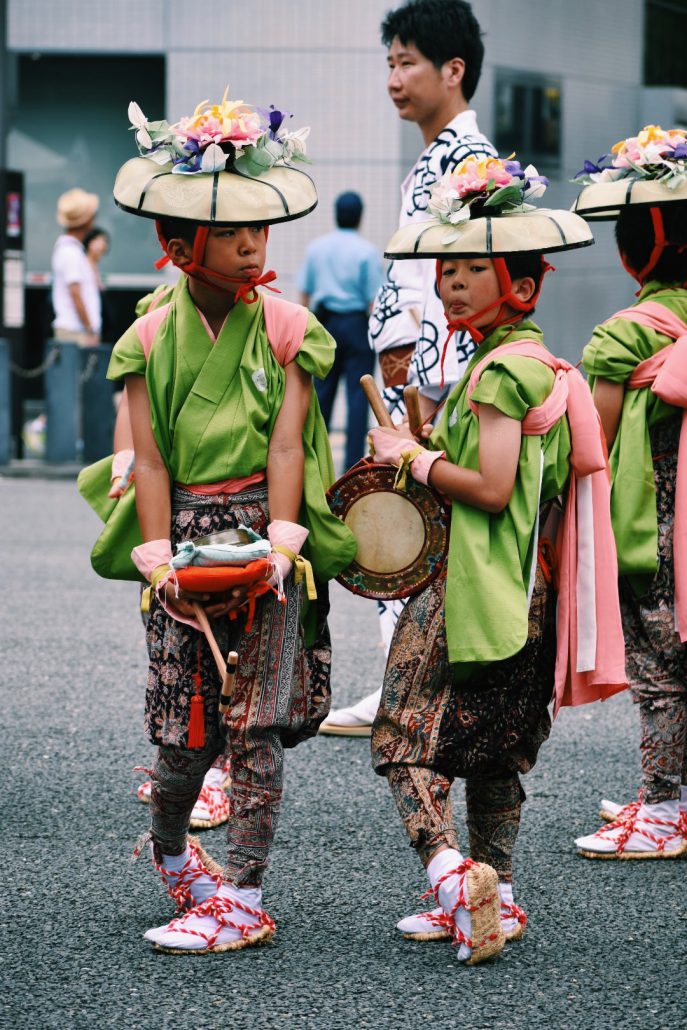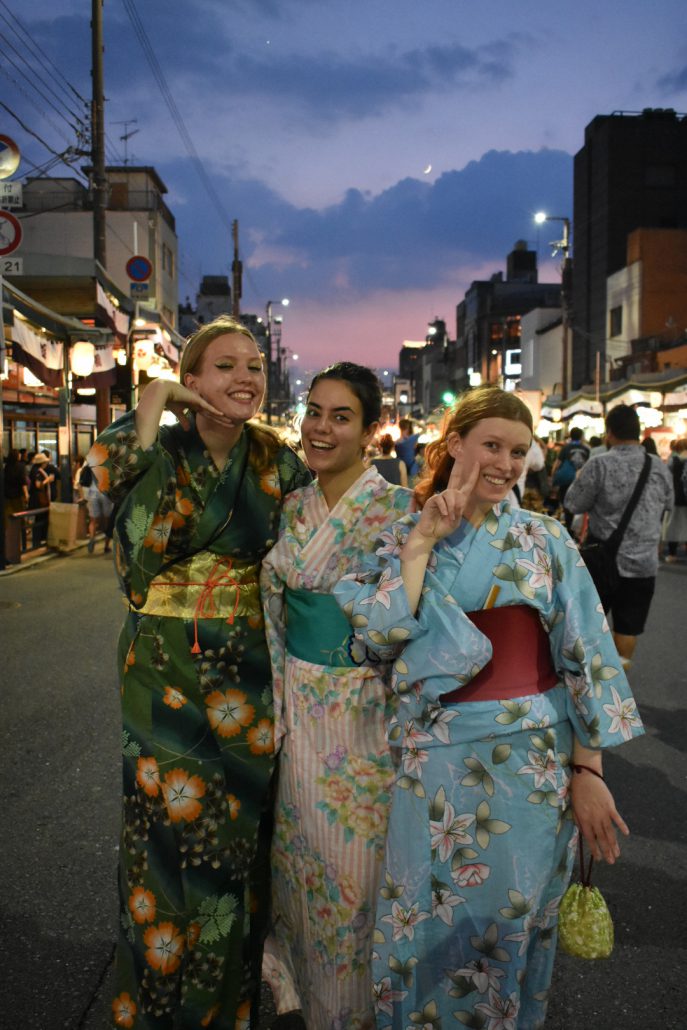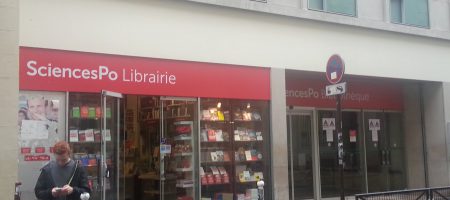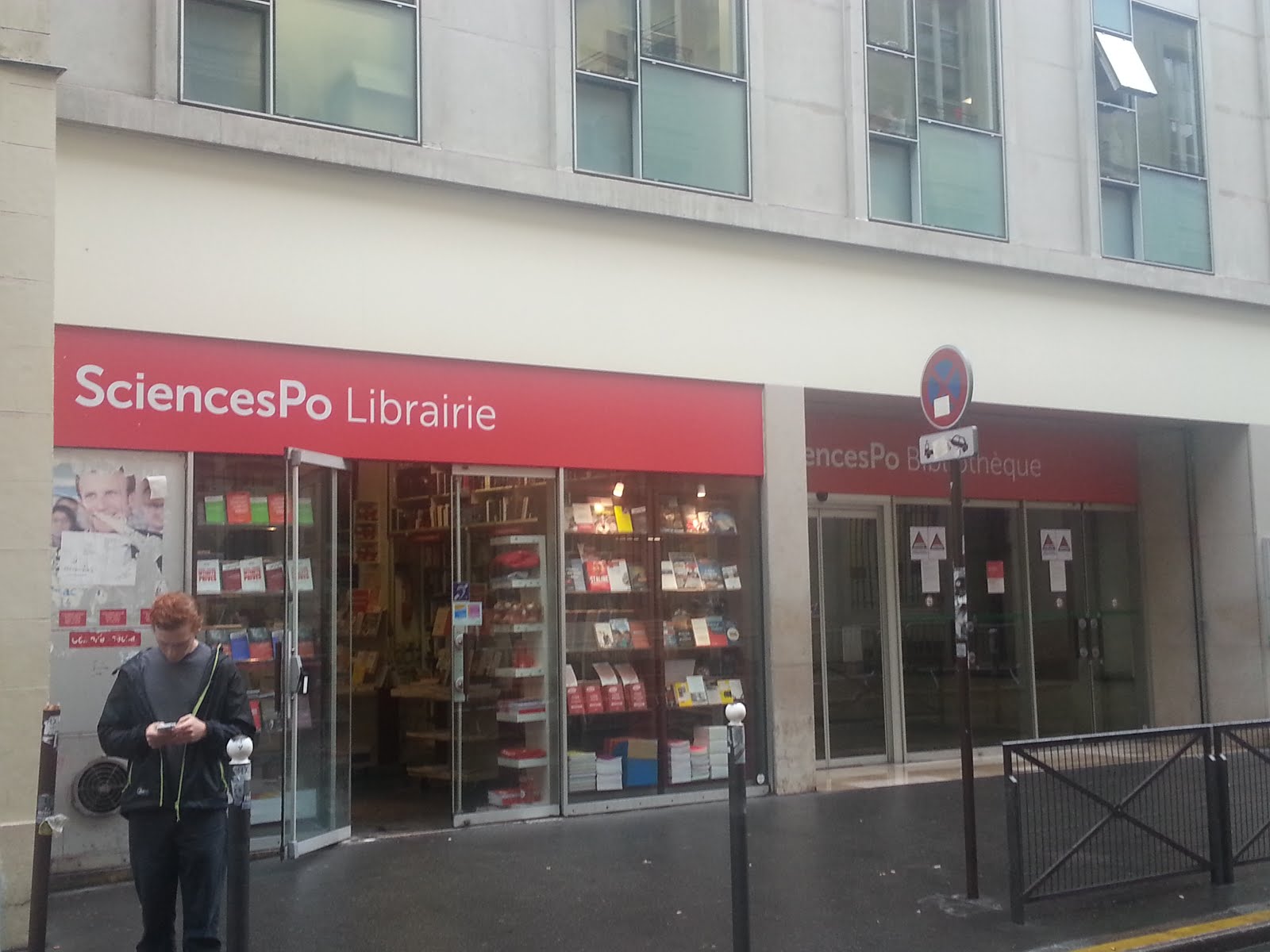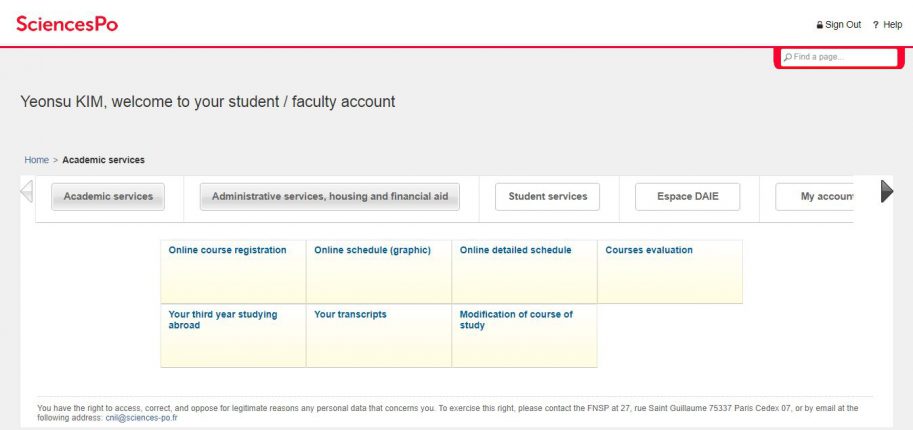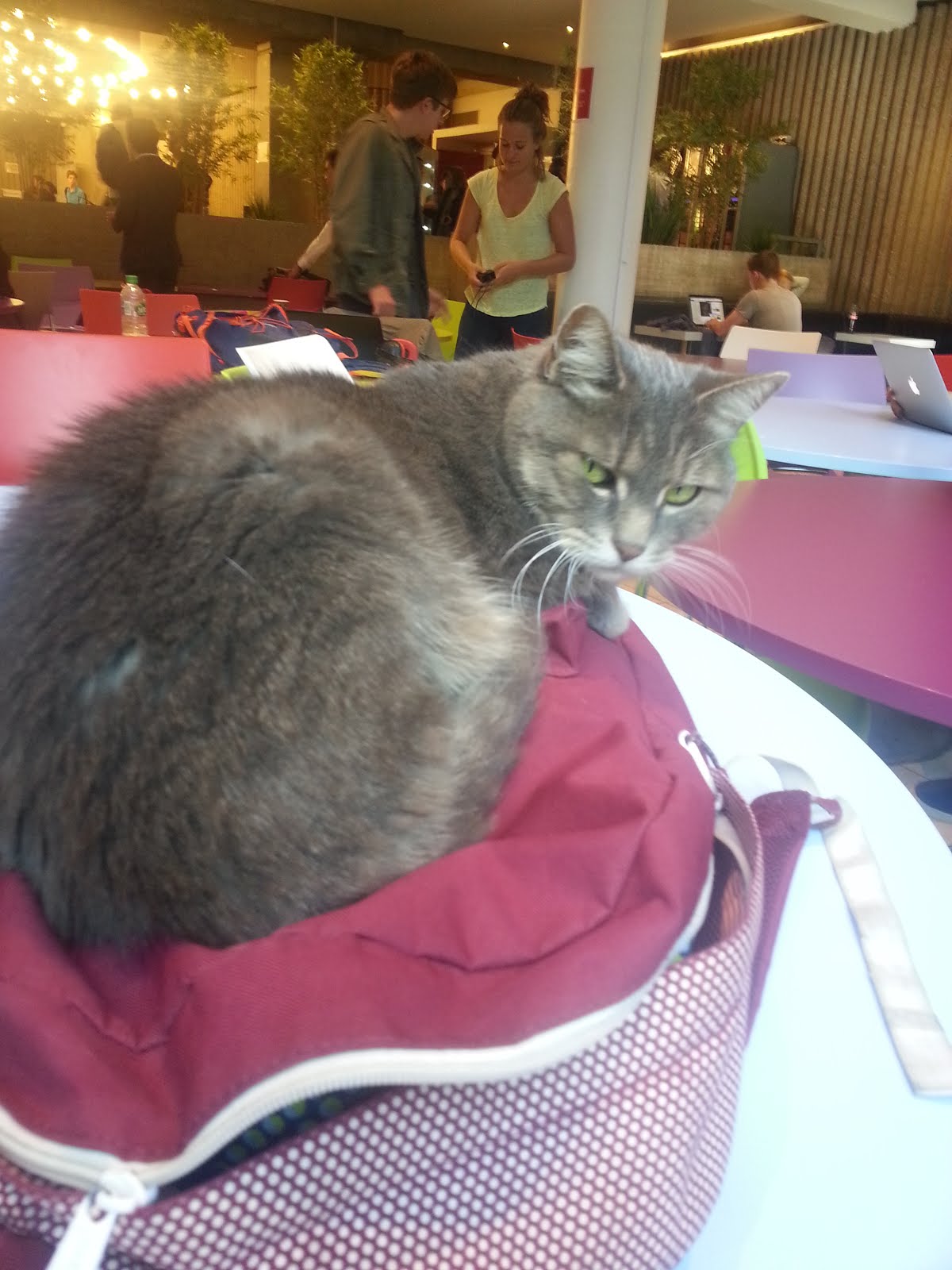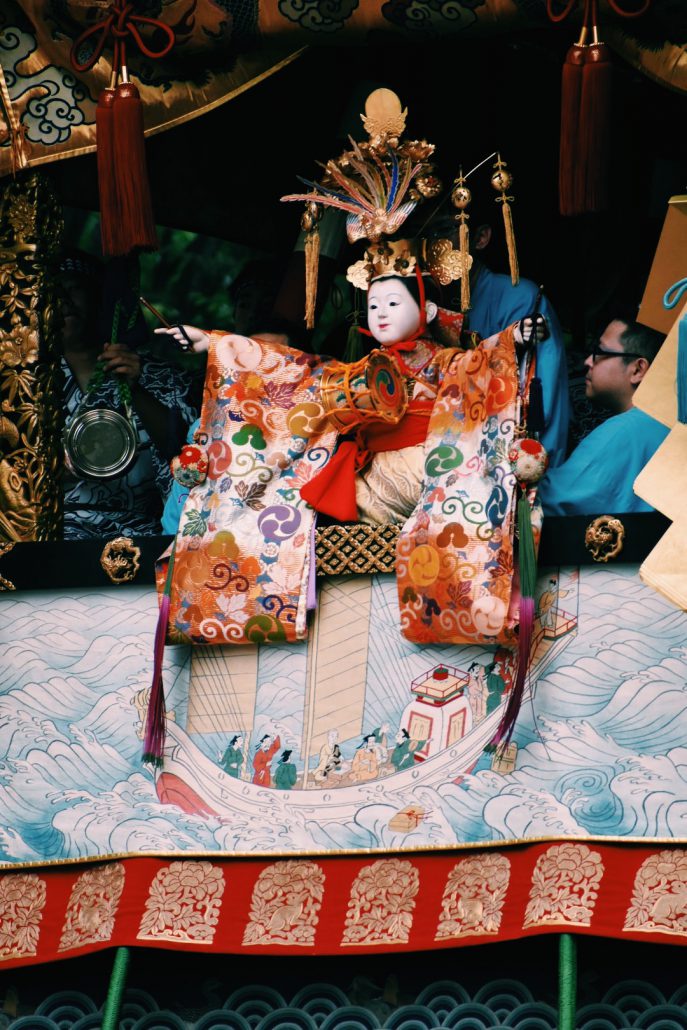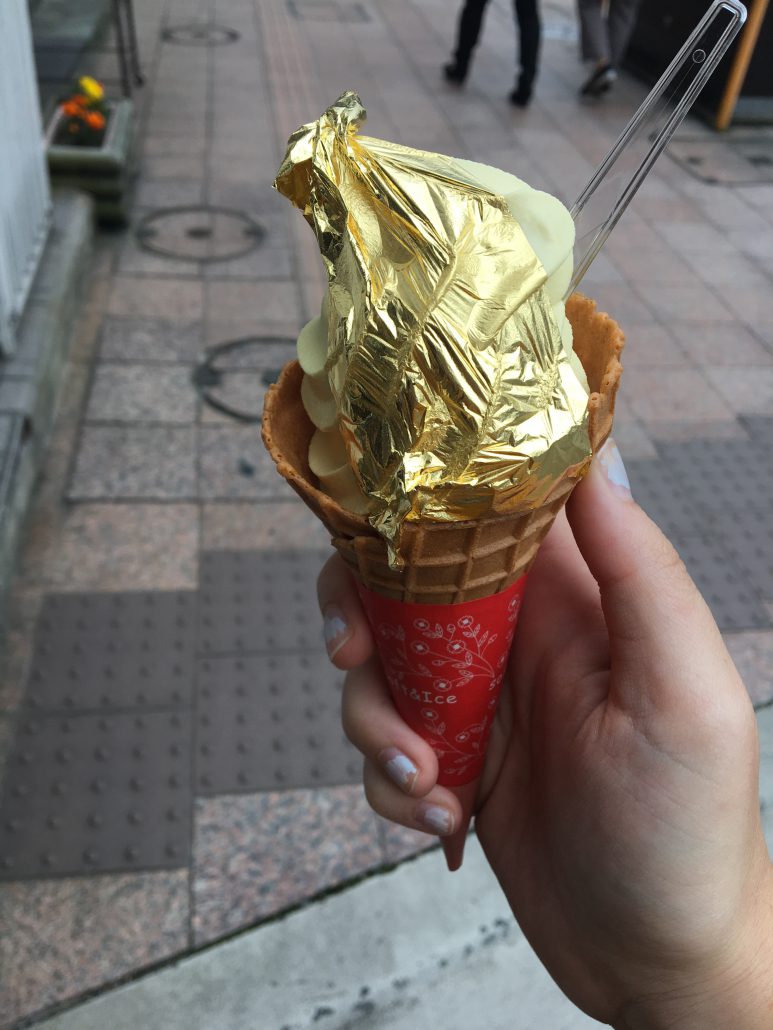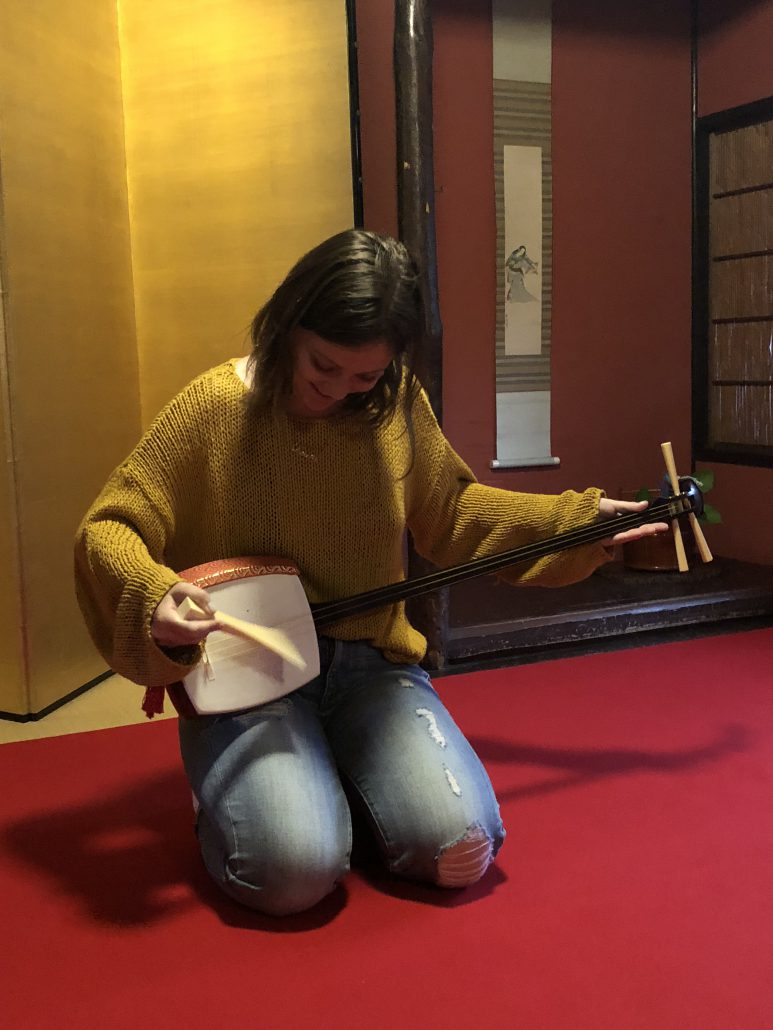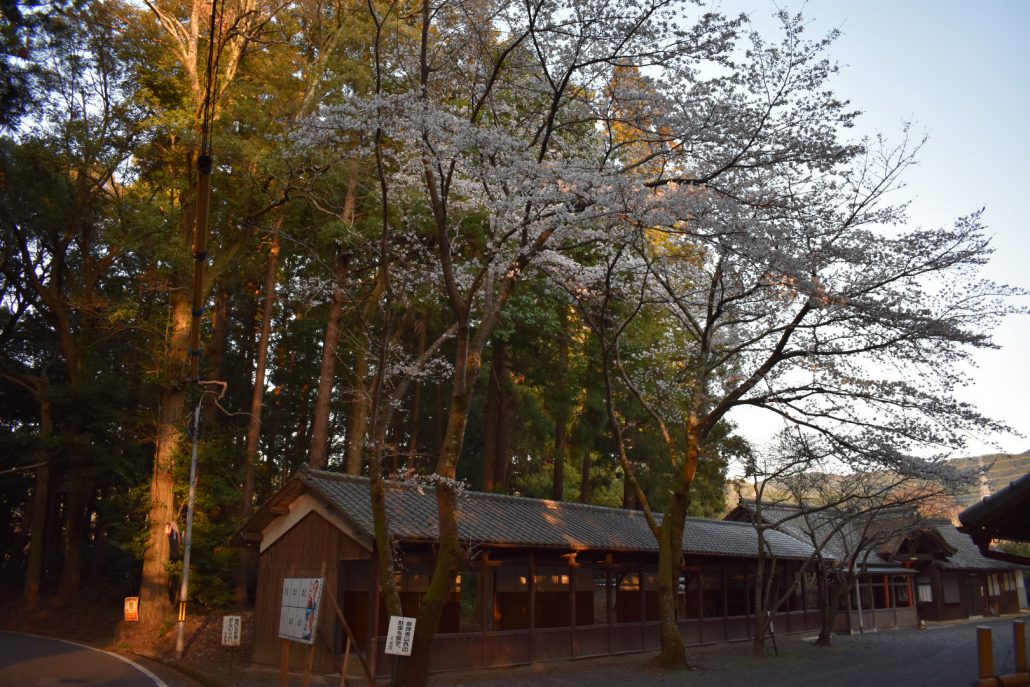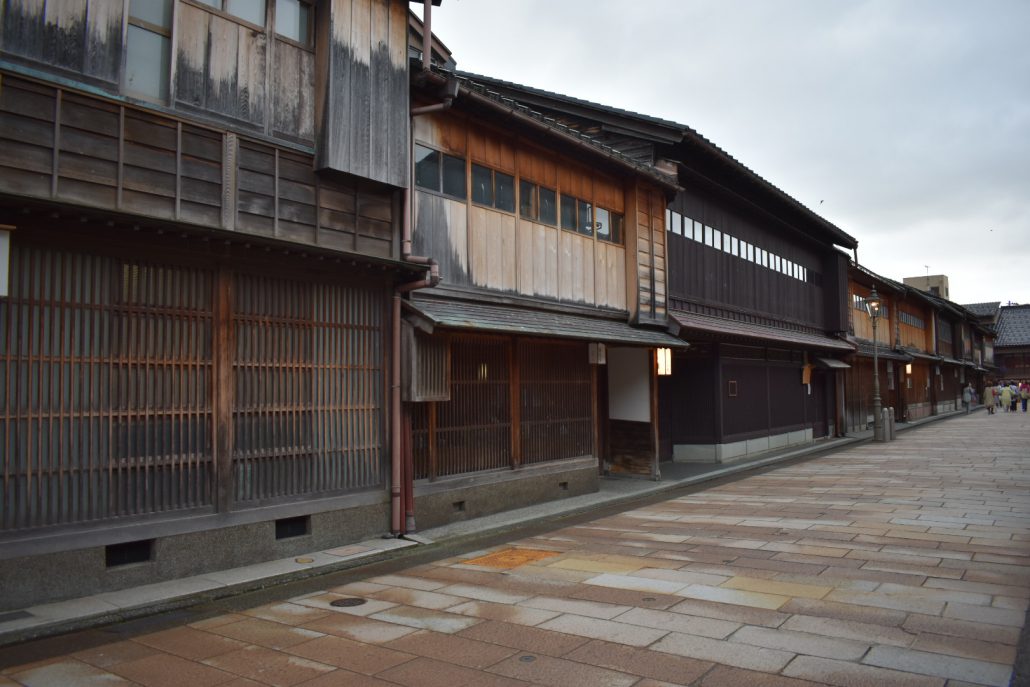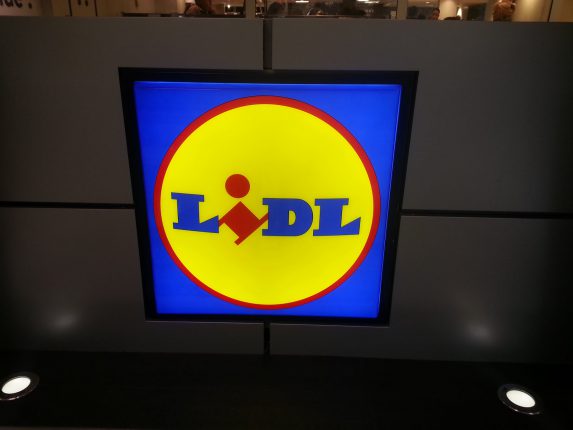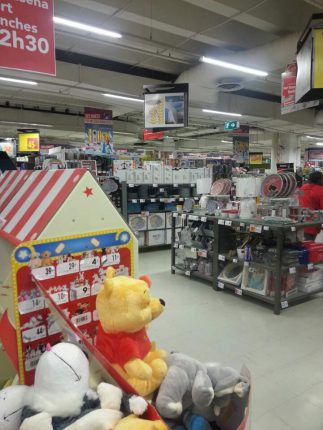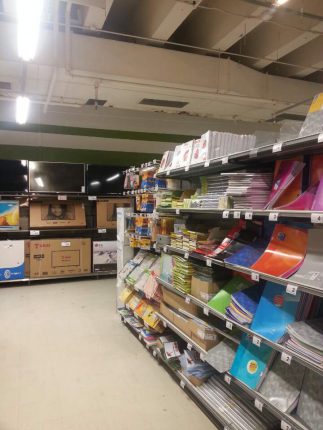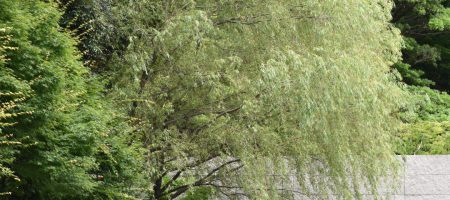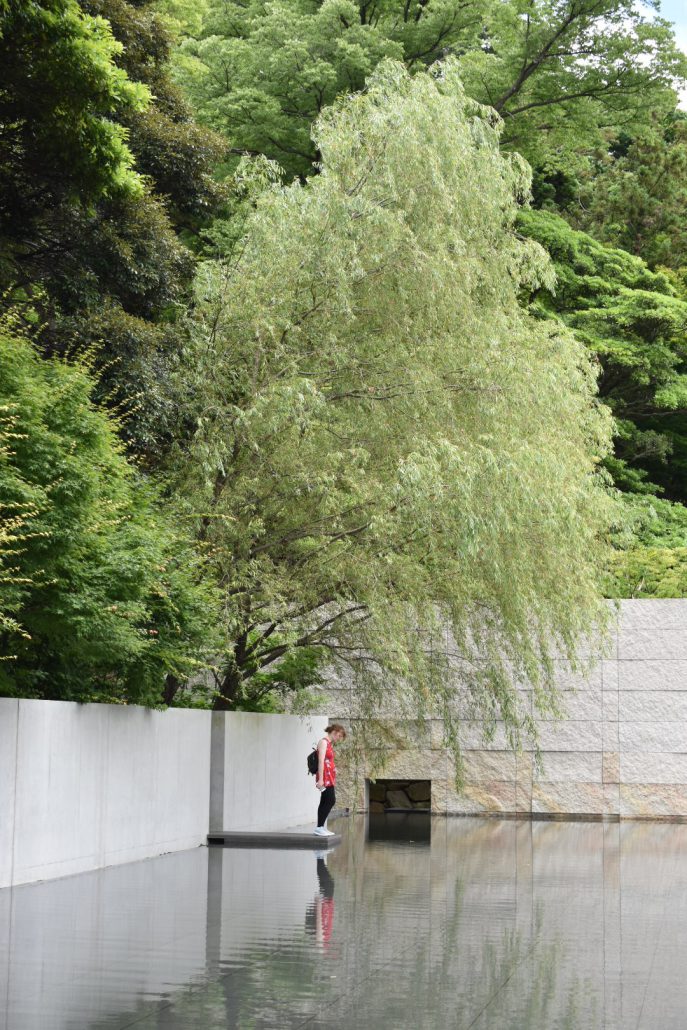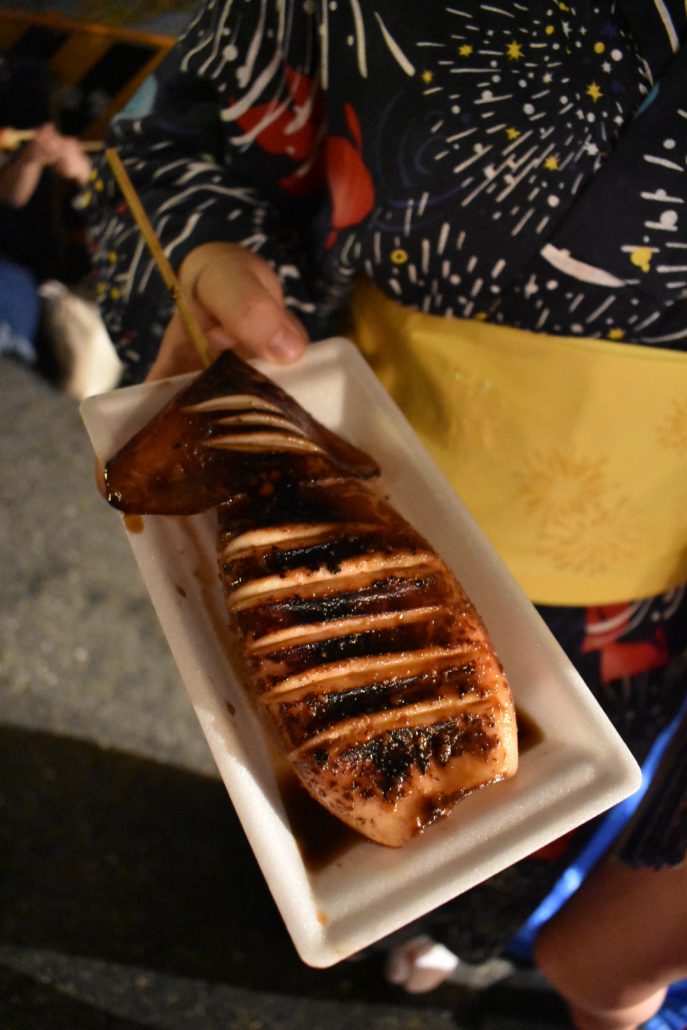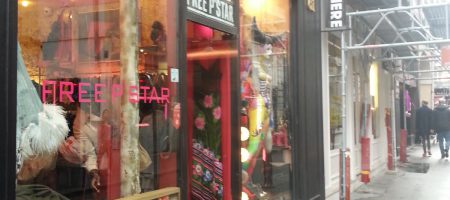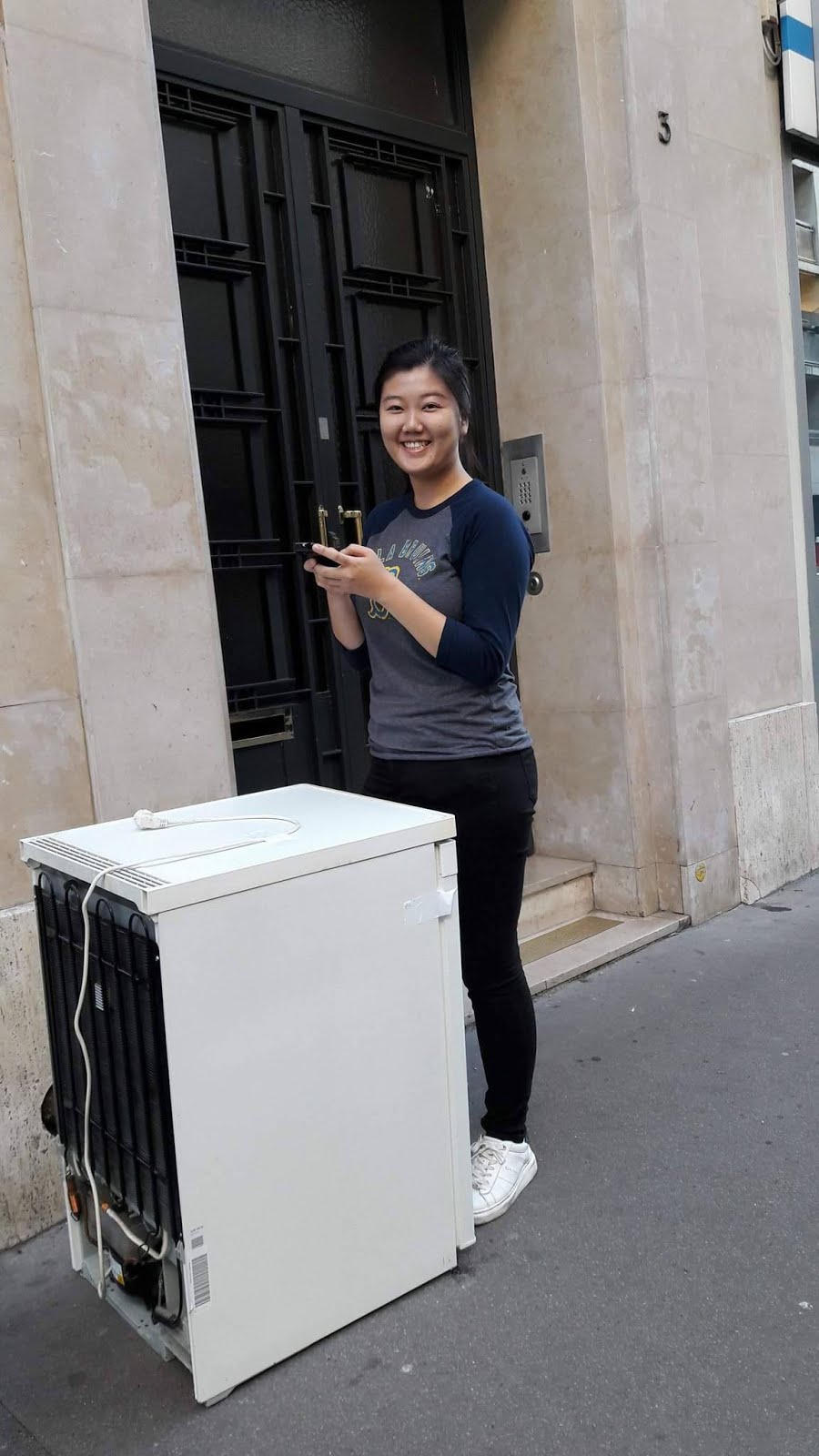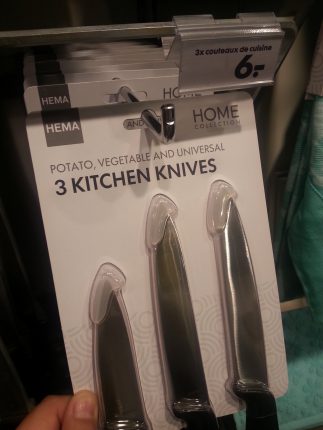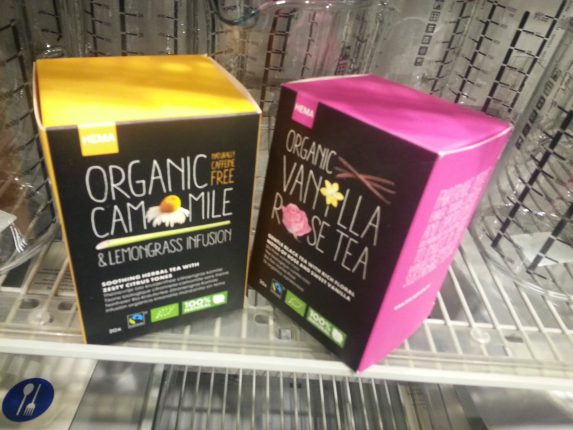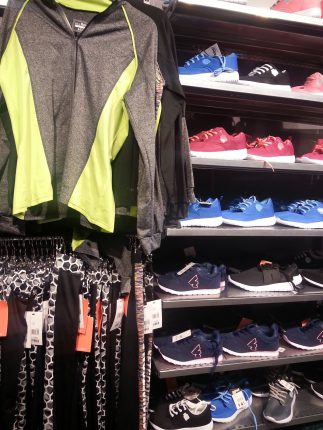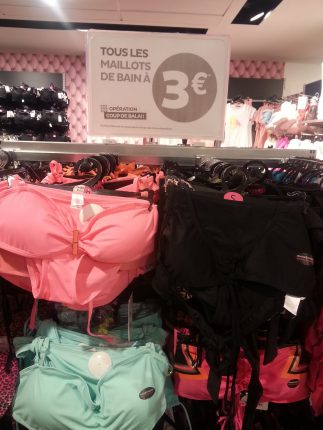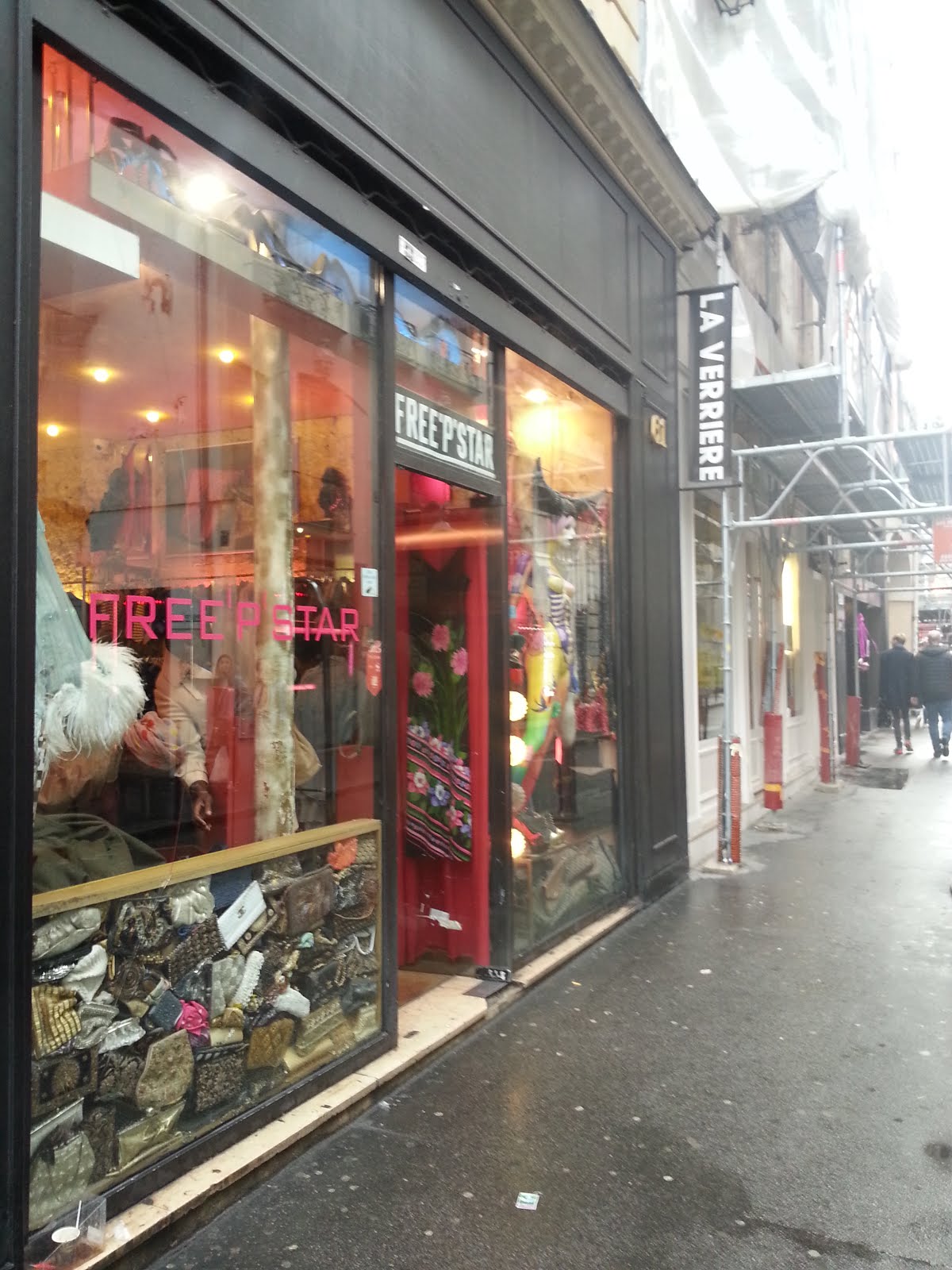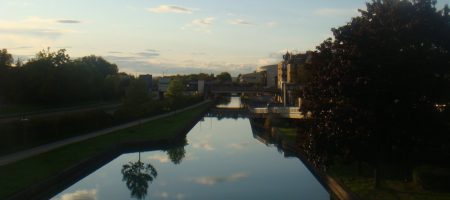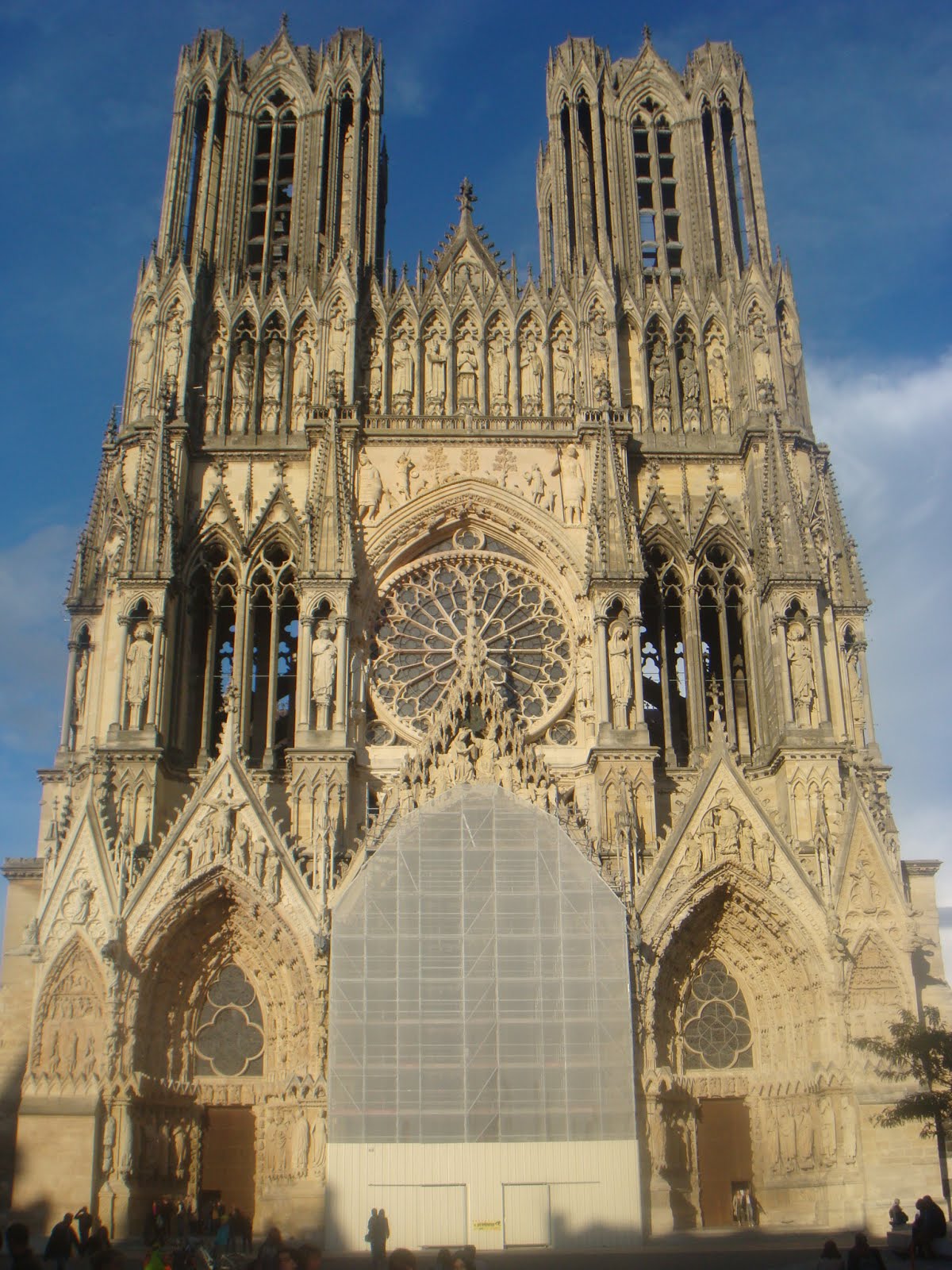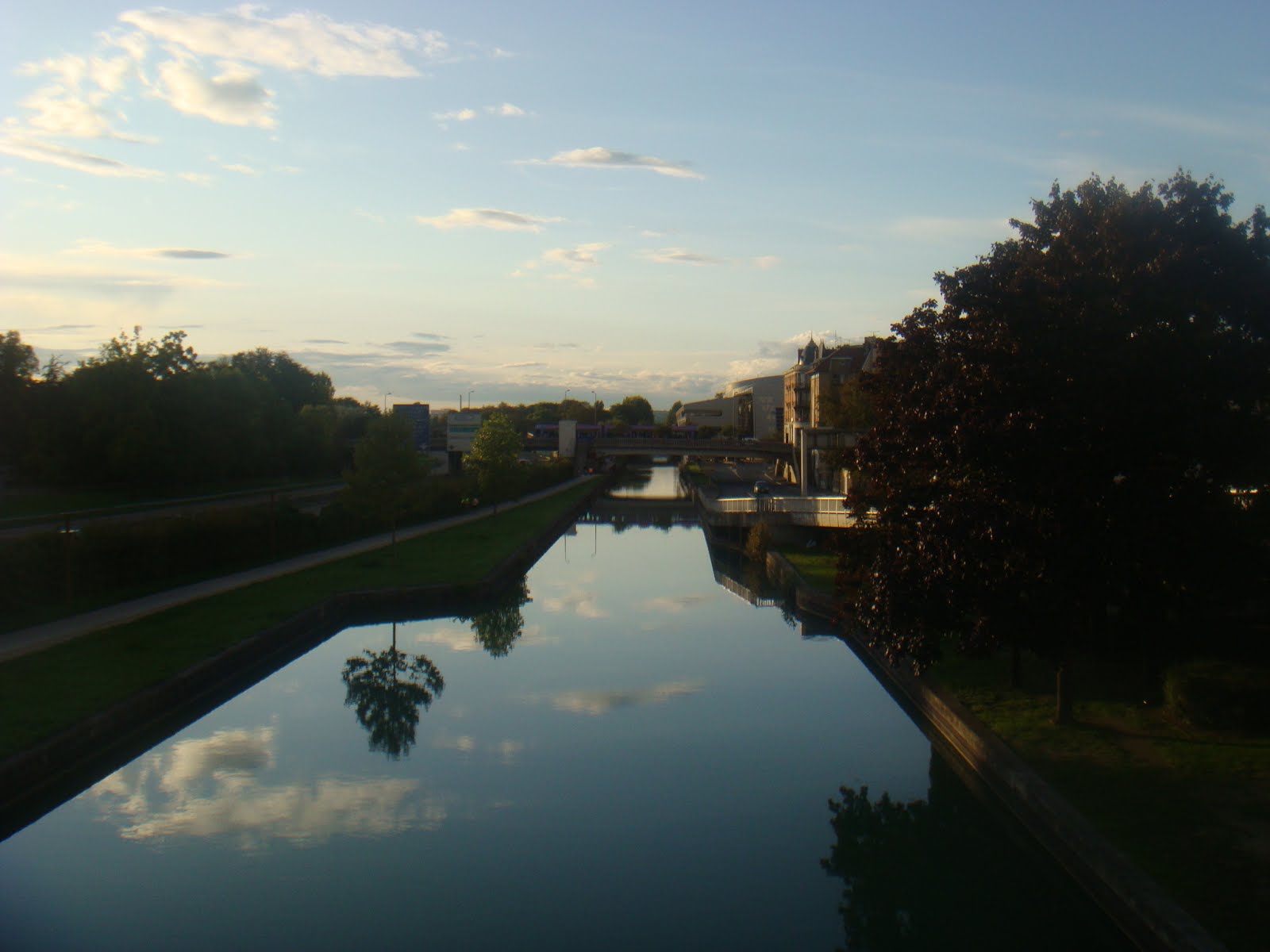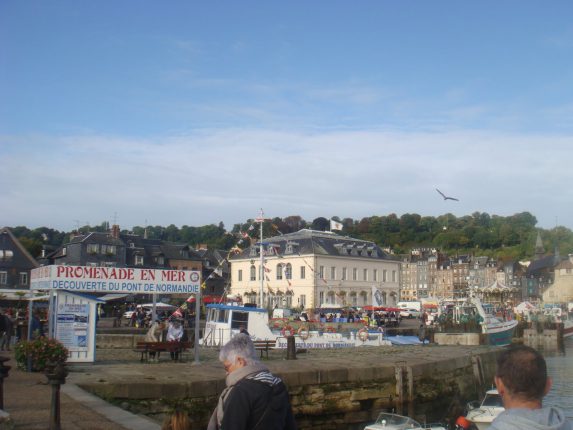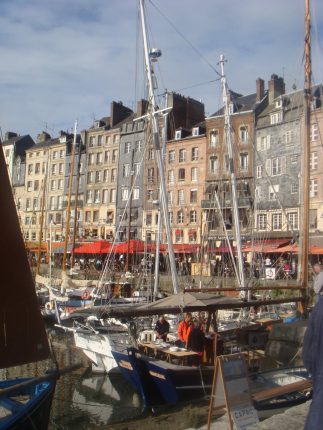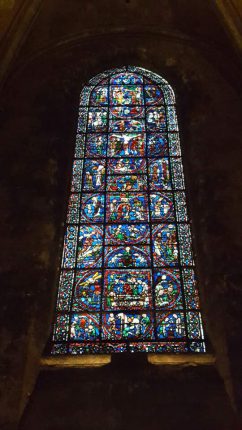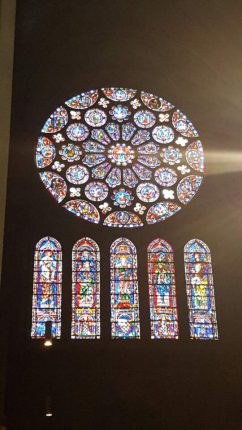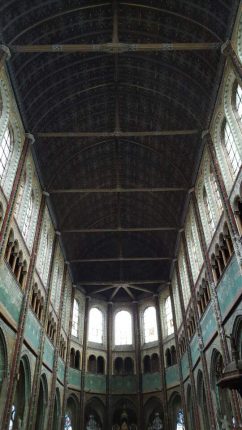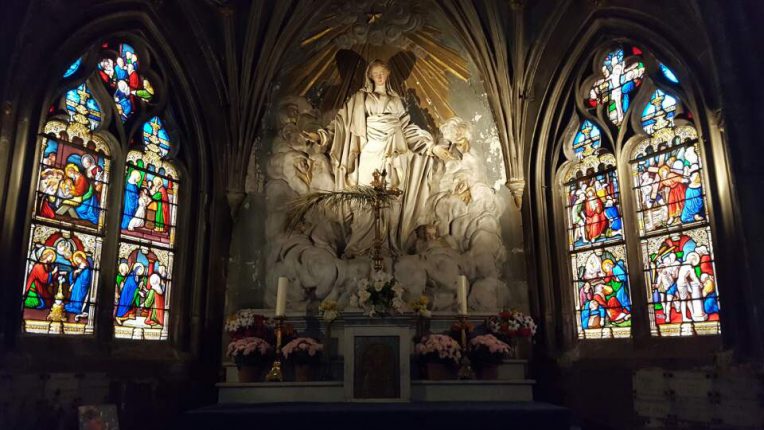Cyprus | Post Midterm Relaxing, Visiting a Ghost Town and Ayia Napa Weekend Excursion
BY ARISA DHIENSIRI
This week we completed our first midterm, and now we have about a week and a half until our final. The material slowly gets harder and harder, every time I think I start to get a grasp on a concept I realize that I’m actually six concepts behind. I’m sure that the frustration with physics is a universal thing though. We still have four more chapters to learn before we take our final, and our professor is really doing her best to squeeze it all in.
Besides physics I’m really starting to understand that sunscreen, cold water, and deodorant are my best friends in this climate. Since it’s mid-July the heat is really picking up and most days the weather reaches just above 100 degrees Fahrenheit with humidity levels around 65%. We spend the bulk of our days inside classrooms or lab, sheltered by the air conditioning.
This weekend Global Semesters arranged a weekend excursion to Ayia Napa, another coastal beach town. Ayia Napa is listed as one of Europe’s top beach towns, and is the prime tourist spot on the island. It’s mostly known for its nightlife, beaches, and caves. The main beach we visited was Nissi Beach, a very popular beachfront with clubs and beach shacks lining the sand.
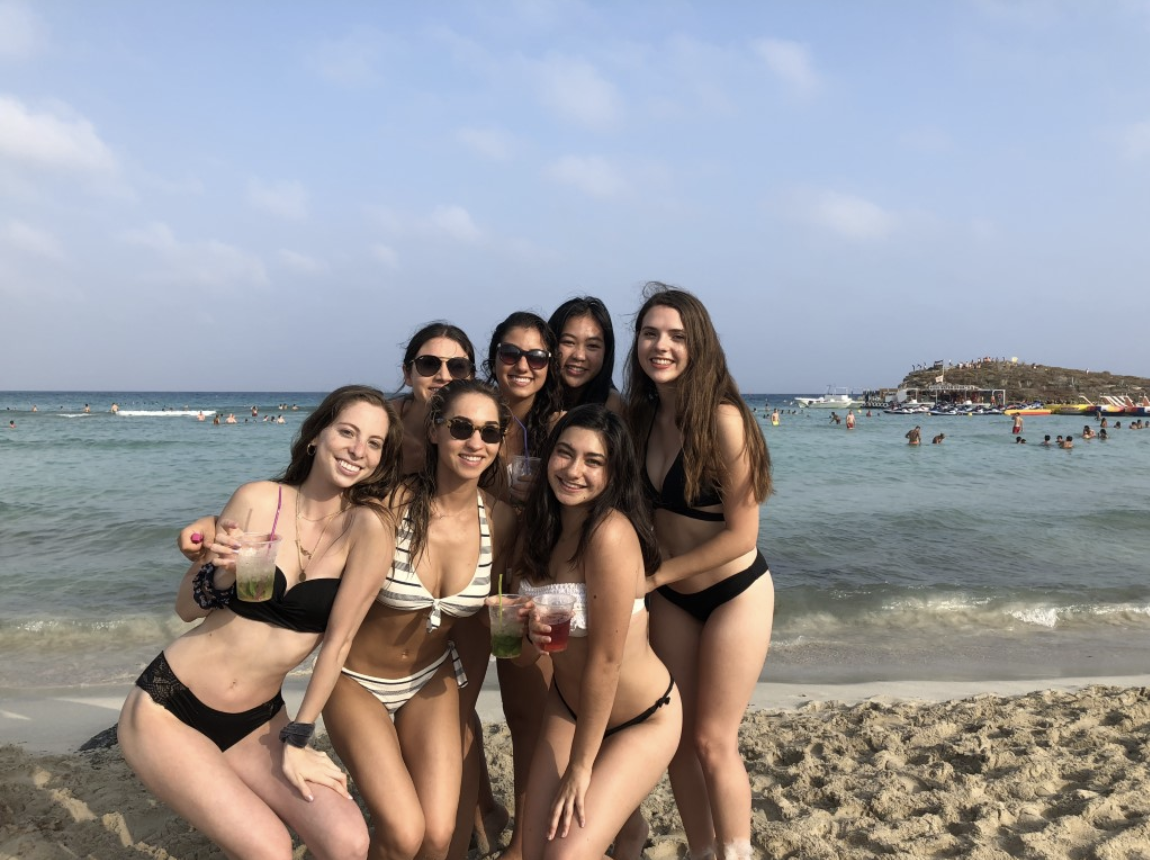
Since we were given the weekend to go and explore on our own my friends and I booked a boat tour with Aphrodite II Cruises on Saturday so we could see all the famous sights and go snorkeling. I had never been snorkeling before and so this was by far my favorite part of the entire trip. The cruise company picked us up in front of the Panas Holiday Village hotel where we were staying and took us to the Ayia Napa harbor where all the boats were docked. The boat took us all throughout the eastern coast of Cyprus and we got to see Cape Greco, the sea caves, and Famagusta, the ghost town. On the boat tour they docked twice and gave us free snorkeling gear so that we could swim in the Mediterranean Sea. The water was so clear and blue I had never seen anything like it. There were so many fish swimming around that would flit away as soon as I got close. Even though I got very sunburnt the boat cruise in Ayia Napa was by far an experience I’ll always remember.
The UNIC Physics group also spent a couple of hours exploring Famagusta. Famagusta used to be a main tourist destination before Turkey invaded Cyprus, and now Varosha, the southern half of Famagusta, is completely vacated and empty. Famagusta now is on the Turkish side of Cyprus and we had to cross the border to visit. The town was filled with beautifully preserved buildings and churches.
The last stop we made this weekend was to Larnaca, a city nearby the capital. We stopped at St. Lazarus Church to take a group picture and explore the inside of the church. There was a private baptism ceremony inside the church so we got some ice cream and wandered around before heading back to Nicosia. We’ve just moved out of the hotel and into our apartments and so I’ll tell you all about it next time. Until then!
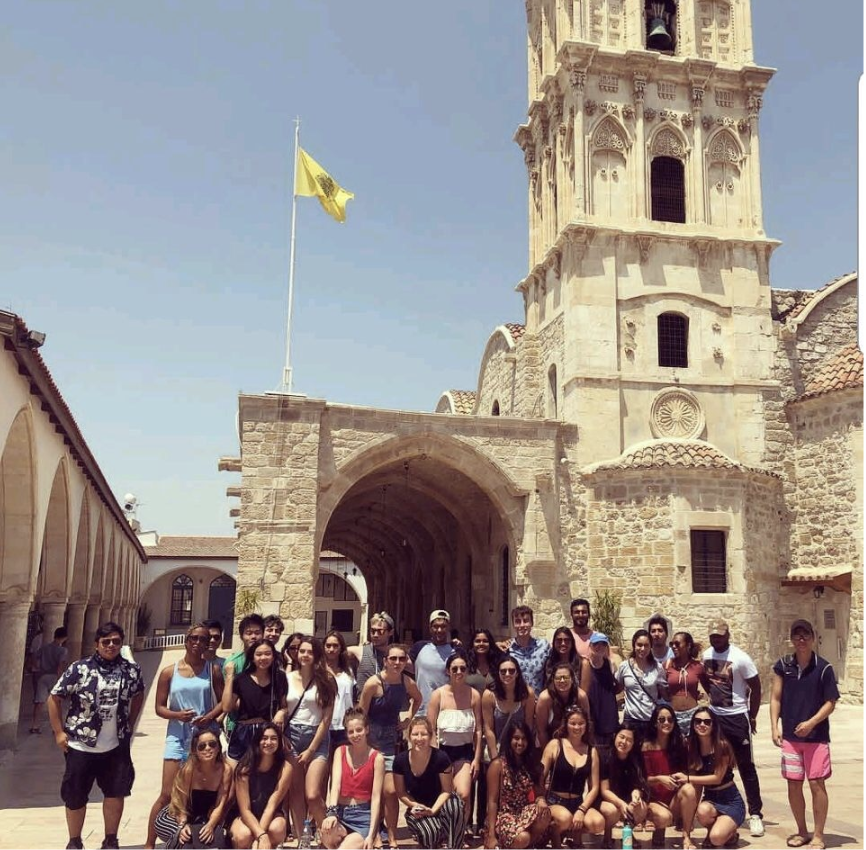
Arisa Dhiensiri studied abroad in Nicosia, Cyprus, in summer 2018: http://eap.ucop.edu/OurPrograms/Cyprus/Pages/univ-of-nicosia-summer-science.aspx



